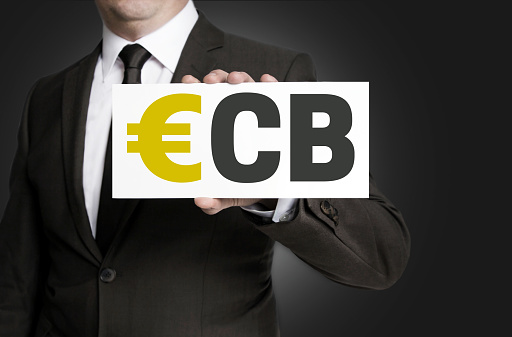
This year, the Euro has been one of the best performing major currencies, having appreciated 8% against the Dollar so far while rebounding 14% from the March lows. The rise in the Euro has come despite depressed bond yields across both the core and periphery economies, in which Portugal’s 10-year yield was the latest to fall below zero last week.
The latest lockdowns and an unknown Brexit outcome will only add further pressure on economic growth in the final quarter of the year and possibly well into the first half of 2021. Having a higher exchange rate in such circumstances puts further pressure on inflation and make exports from the bloc less competitive. On the bright side, a vaccine is arriving soon but the positive impact will only be felt in the long term.
This leaves the ECB in a tricky position as the Governing Council needs to decide whether to go all in with more monetary stimulus or take smaller steps to address current risks. The bank is expected to increase its emergency asset purchase program (PEPP) by another €500 billion to a total of €1.85 billion. That would keep yields across the bloc in check and possibly drag them a little further despite the rise in debt levels. However, without some form of yield curve control, investors know that the ECB’s actions are really just delivering the same outcome. This is likely to keep financing conditions loose but is not enough to meet the mandate of an inflation rate just below 2%. A stronger Euro is again to blame.
For the ECB to push the Euro lower, bolder action needs to be taken. The €500 billion increase in asset purchases is already priced and won’t curb the currency’s strength. Verbal intervention to talk down the exchange rate may last for hours or a couple of days but is not a long-term solution. The only game- changer is to deliver a surprise deposit rate cut and add more than €500 billion to the emergency asset purchase program. However, the chances of this happening are extremely low, especially as the ECB hawks will stand firm against such measures.
Christine Lagarde knows that monetary policy alone won’t be the answer to boosting inflation back to target levels and that comprehensive fiscal action is needed. It is highly significant then that the two-day EU summit kicks off today and we may learn if and when the new recovery fund will see the light.
The Euro’s fate over the next several weeks hangs on external forces. A failure in EU–UK negotiations in which Britain exits the bloc without a deal would lead to a big selloff in the EURUSD, but of course a steeper one in Sterling. Delivering a smaller than expected US stimulus package could be another factor, but the impact would be smaller. A third factor could be the resumption of the selloff in global equity markets triggered by US tech stocks, as we saw yesterday. Any sign of a steeper correction in equity markets is likely to provide a boost to the US Dollar.


 Signal2forex.com - Best Forex robots and signals
Signal2forex.com - Best Forex robots and signals




